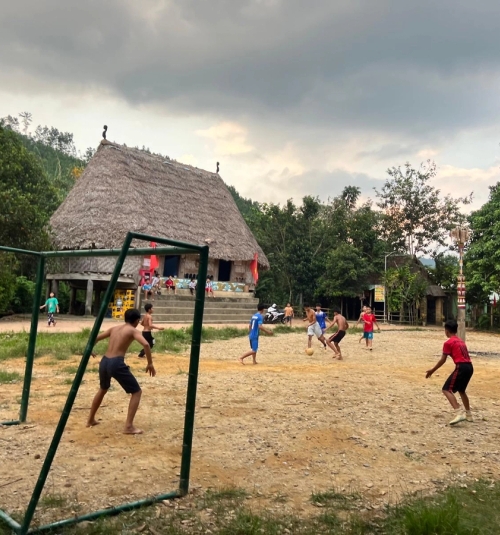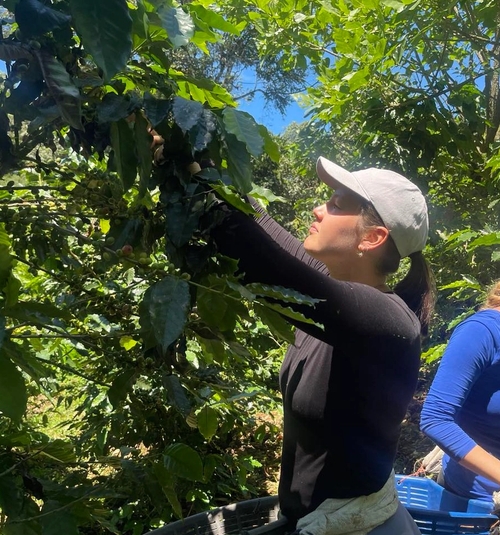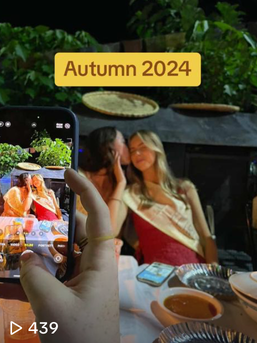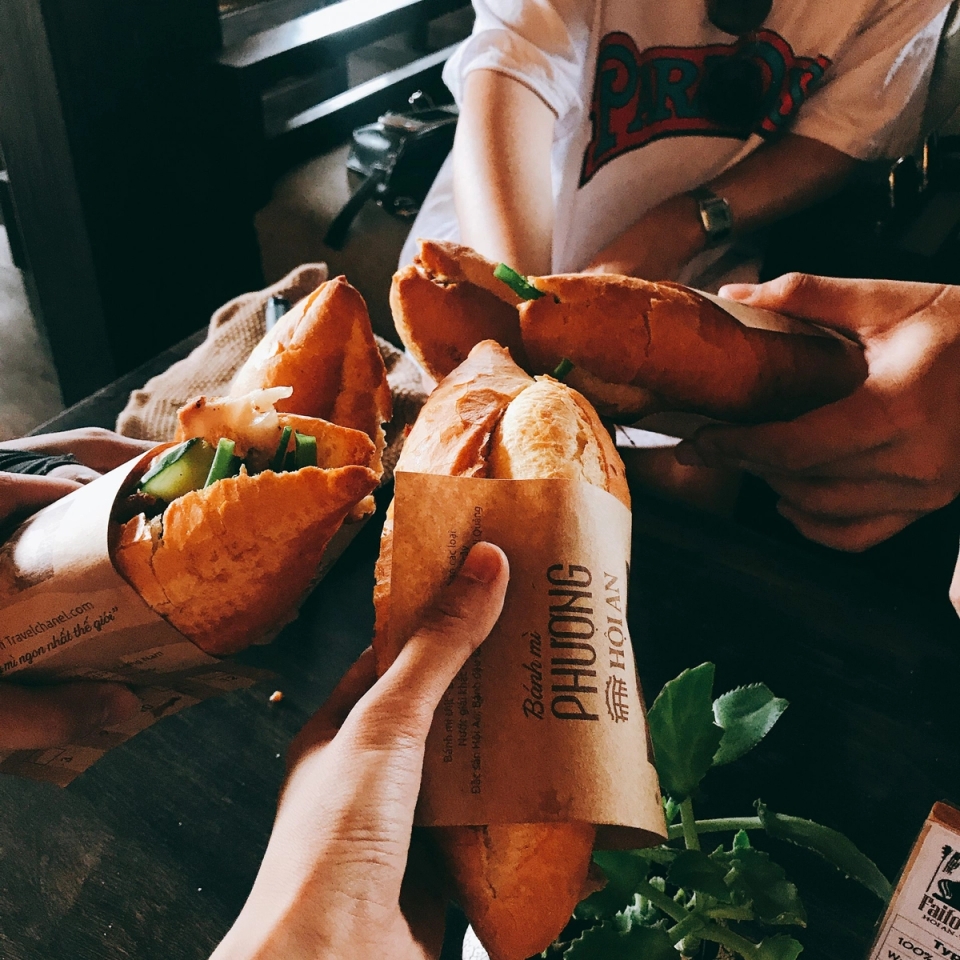
Why fast food chains are failing in Vietnam
Burger King has over 16000 locations in over 100 countries, while the figure for McDonald’s is 36000. The fast food industry is estimated to be worth more than half a trillion dollars, and increasing.
However, there is one place where fast food chains can’t seem to take off: Vietnam.

McDonald’s opened its first restaurant in Vietnam in 2014, and as of 2018 they have 17 restaurants in this 90-million-people country. Burger King, which entered Vietnam in 2011, now has only 13 restaurants in total.
These figures fall far behind the two firms’ plan for business expansion in the Vietnam market. So what happened?
The situation might seem barely understandable for outsiders but within a few weeks of studying here in Vietnam, it won’t be difficult for you to see the answer yourself.

There is a whole culture of street food in Vietnam, which is a formidable rival for international fast-food chains wanting to enter this country. If you are riding your bicycle and feeling hungry, you just need to park your bike off the street and chance is high there would be some food stalls around.
The whole transaction is really quick: You come in, order food, eat, and since the stall is right on the pavement, you can grab your bike immediately and resume your ride. This undermines fast-food’s advertised time-saving advantage since street food in Vietnam takes even less time.

And there is more to choose from than Burger King or McDonald’s can offer. For example, for something light, there is tofu or sweet soup.
Chicken rice or noodle will serve well for lunch or dinner. Besides this, there are a myriad of other kinds of cakes, juices, grilled meat, fruits, etc. along the streets that promise to cater to almost anyone’s taste. And they definitely cost less.
But price isn’t a big part of the answer to Burger King and McDonald’s failure in Vietnam. What is more important is the different experience that fast-food restaurants and street food stalls offer.
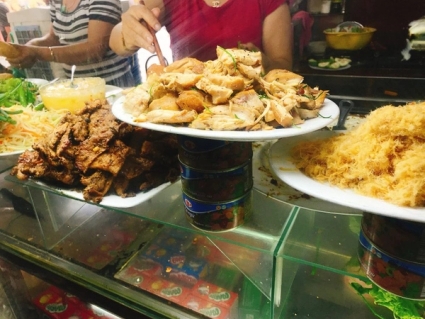
Vietnamese people love to talk and share. And eating for them is meant to meet both their physiological demand and their need to socialize.
The setting of most fast food restaurants and the mechanical characteristic of how food is made and served there barely allow for any interactions between customers and sellers, as well as among the customers themselves.
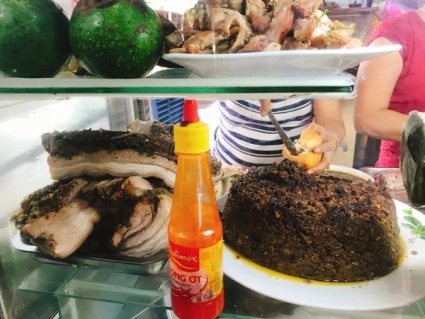
Whereas with street food, you get to blend into the surroundings, you become part of the place. You get to ask the seller to adjust the food to suit your taste. As you eat, you also talk, laugh, share food and watch people pass by on the street.
When talking about Vietnamese street food, one must mention the banh mi.
It is a kind of bread stuffed with different kinds of fillings: vegetables, butter, egg, meat, chicken, cucumber, sausages, etc., depending on your taste.

As a student in Hoi An, you will very likely need banh mi to save your stomach in a morning too hurried to have proper breakfast, or in an afternoon riding your bike to school for a seminar, when it’s still too early for dinner.
And for sure, in no time after arriving in the country, you will find yourself saying “banh mi” to the sellers as if you had been fluent with the Vietnamese language for a long time.


